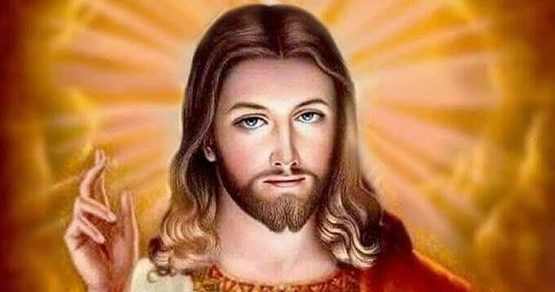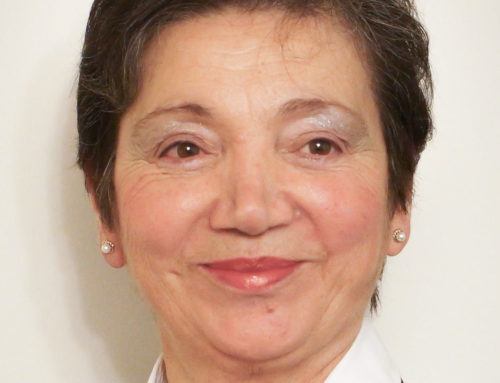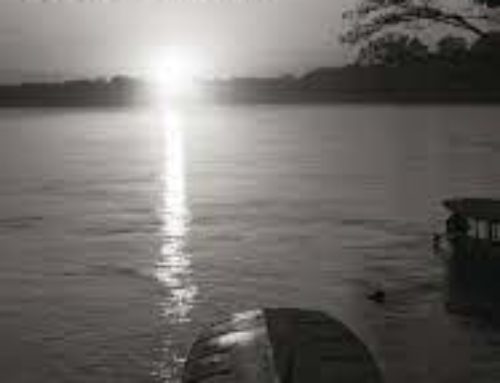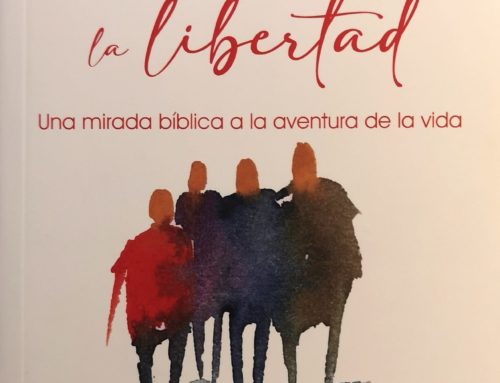The Transfiguration
(Mt 17:1-13)
By Anne Lastman
The feast of the Transfiguration is again upon us, (August 6). I personally believe that it is one of our most beautiful feasts in the Catholic calendar and yet very little spoken about it. I have always understood this narrative to be using the language of tabernacling. Similar to Jn 1:13 “And the word was made flesh and he dwelt amongst us and we saw His glory” We also see this kind of language in the desert experience of the Jewish people and the “Tent of Meeting” erected for the encounter with their God when He met with them.
I have understood setting up of tents (Mt 17:4-5) as literal but also as a reference to Yahweh and the early meetings in the “tent of meeting”. Perhaps Peter, who utters these words, had in mind their history.
However, I don’t ground this story in the mundane but to be understood best as a theophany. A meeting with God on a mountain. This too, in the memory of Peter, James and John.
Perhaps if I were to ground it in the mundane, I would probably see it as a vision of what is possible. A preview into the heavenly realm. A preview of who Jesus, their friend, really is and maybe a reassurance to these future leaders of the nascent church that the one they had believed in was indeed who he said he was, the Son of God.
The timing of the Transfiguration has been suggested by some writers that it was a post-resurrection theophany and situated prior to the Jerusalem events by early evangelists to make some theological point about the identity of Jesus but this I cannot accept. Indeed, the Transfiguration does look backwards, Moses and Elijah, but doesn’t feature in any of the post-resurrection encounters with the Lord. However, with the link to the Old Testament, the Transfiguration affirms the validity of Jesus’s claim to be the awaited Messiah of the Jewish people. Whereas the post-resurrection encounters serve to affirm the reality of the resurrection, the event which most expected of the Messiah and his claim to be the Son of God.
The Transfiguration was a theophany, which cannot be adequately described or understood as an earthly event. It was an event describing heavenly reality using earthly language. But it was also – in my view – a real event, experienced by Peter, James and John. As a theophany it cannot be adequately described or comprehended by human reason, understanding and language, and thus the difficulties with the apostles’ attempts at understanding it themselves and then being able to explain it to others and then record it.
It cannot be seen as a journalistic report because it was so out of the ordinary. The words used, “his face shone like the sun” “his clothes became as dazzling light” (Mt 17:1-8). On the other hand, this is the language in which the evangelists recorded the event, and its telling must come from Peter, James and John, as the only witnesses present at the event. And I think we should approach it on the basis that the language comes more or less as close as it is possible in describing the event as they witnessed it.
What the Gospels record then is not so much the event itself, which probably cannot be recorded in any human narrative, but Peter, James and John’s experience or perception of the event. In that sense, it’s a human story. So when the narrative tells us that Peter, James and John felt fear, that is probably accurate but a fear of unknown and this must have been a reality because all three writers include the detail about the fear, but what they do differently is ascribe the fear to different reasons. Likewise, the reference to the tents would be historically accurate and this also appears in all three Gospels, and to the average reader it’s not immediately obvious what it means or symbolizes but to a first century Jew who had grown up with the Torah the “tent of meeting” (Ex 33:7-11) would have been part of their understanding of their ancestors’ relationship with Yahweh
The offer by Peter to erect three tents on the mount was probably both as a moment of confusion after the vision, but also an understanding of the importance of the encounter with God (this is his belief that they had indeed encountered Yahweh) and the vision of their beloved Lord in his true identity. The detail about the tents is indeed of importance because all three Gospel writers preserve it.
True, the Transfiguration has been given to us for reflection, but the best reflection on the Transfiguration is not this kind of detailed analysis, but rather a quiet and joyful contemplation. A contemplation of the Lord’s great beauty. His gift brought to earth so that all of creation might again see the face of God and live. A contemplation of realities too glorious for day to day experience because it would be too difficult to remain in this earthly exile knowing what is possible in future life.
The Transfiguration is a feast of heavenly light. A light brighter than the brightest sun. A light that shines and guides us towards His own heavenly realm.
I have often pondered about Moses and Elijah accompanying Jesus in this vision on Mt Tabor and why these two Old Testament figures. Yes, they represent the Law and the Prophets but there must surely be more than this, so what pleases and comforts me in my understanding of this is that Jesus brought with him Elijah to show him that He is the one whom he, Elijah, had covered his face and not seen as He had passed by (1Kgs 19:12-14) and to Moses who was forbidden from entering the promised land, He wanted to show him that He is the promised land. Moses’ curse of not being able to enter is revoked in his being able to see the very real promised one. Both of these Old Testament figures had missed seeing the one they awaited, and this at their own doing. Now He personally shows them His own glory.
The Transfiguration is a scripture of great beauty given just prior to final entry into Jerusalem for that “hour” had arrived, and at a time of sadness, so this demands deep meditation in order to see and hear Him say just like he said to Peter, James and John, “stand up and do not be afraid” ((Mt 17:7).
It is a feast of heavenly light however, there is a terrible irony about this date. It is the anniversary of another massive flash of light which occurred on same day, the dropping of the bomb on Hiroshima. The first one a feast of light brighter than the brightest sun and life giving. The second blast of light death giving. Again, remembering that standing next to the treat of death, the tree of knowledge of good and evil, stands the Tree of Life: Jesus.








